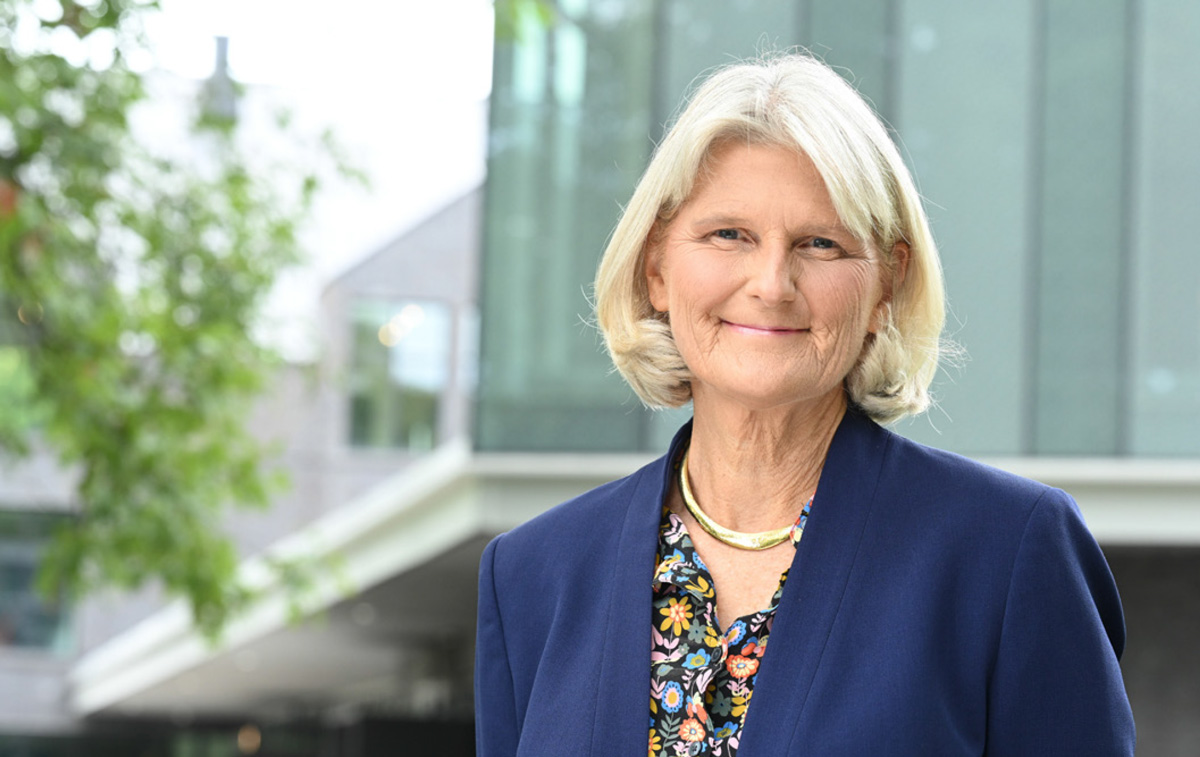The Skills That Propel CEOs
hen The Vassar Institute for the Liberal Arts launched this fall, one panelist on the program— Aneesh Raman, Chief Economic Opportunity Officer at LinkedIn—predicted that artificial intelligence will replace many intellectual jobs over the next decade. AI can be relied upon as a tool to perform functions—to read, synthesize, analyze, write code, and summarize faster than any human being does. Those are major tasks. But, as Raman noted, our social abilities cannot and will not be replicated.
Key aspects of leadership roles are more human-focused. They include envisioning solutions that have not been tried before, galvanizing teams of people to collaborate on a shared goal, making decisions in the face of uncertainty, fostering empathy and compassion, and expressing curiosity and optimism about the future. These aspects of leadership—regardless of industry or sector—are, in part, developed throughout a liberal arts education via the breadth of courses, the pedagogy, and classroom and institutional culture.
It is no wonder that Vassar has so many alums whose title is Chief Executive Officer or its equivalent—nearly 500 in all. The CEO has to challenge the status quo, be resourceful in finding new ways to address old problems, and have the emotional fortitude and confidence to persevere despite setbacks. As you will read in this issue of VQ, Vassar CEOs cut across a large range of industries and sectors, showing the reach, relevance, and impact of a Vassar education.
Most centrally, the person in the CEO role must perceive what skills are needed, find people who have those skills, then create an environment in which people will contribute their unique gifts to the shared endeavor and remain resilient through the inevitable conflicts that emerge as creative, pluralistic views meld into a common purpose.
These functions—way beyond what AI can do—are honed across undergraduate life, from living together in dormitories, to creating arts productions of all kinds, to playing on athletics teams, to protesting and counterprotesting, and to digging into academic pursuits of all kinds. During the educational process, students discover what they value, what is possible in the world, how to make a match between who they are and what the world needs, and how to transition to post-Vassar life. The learnings occur and recur for decades, equipping Vassar alums with the capacity to transform environments and institutions in positive, meaningful ways—sometimes at the helms of organizations.
The CEO role is not for everyone, and many lead in roles not described as CEO, but it is one of the many ways in which Vassar graduates are fearlessly consequential.


Elizabeth H. Bradley
President